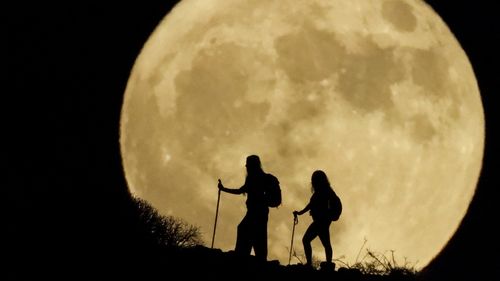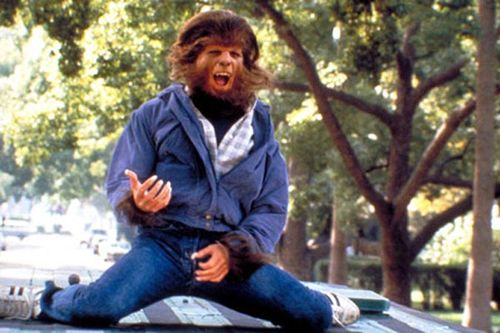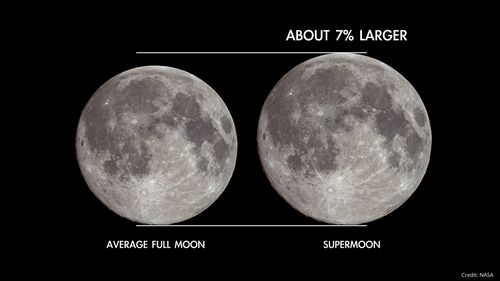We break down some of the science behind the phenomena.

First things first: what is a super blue moon?
You will not be shocked to learn that a super blue moon is a combination of two things – a supermoon and a blue moon. Let’s deal with those things one at a time.
Wait, a blue moon is not actually blue?
The lunar cycle is approximately 29.5 days, which means you need the first full moon to occur right at the start of the month to leave enough time for another.
That only happens once every two or thee years, which is why the phrase “once in a blue moon” means something that happens infrequently.
Mythology also links werewolves to supermoons, blue moons and especially blood moons – something taken through to popular culture by Hollywood.

Are supermoons really super?
Read Related Also: The Serious Reason General Hospital's Kirsten Storms Had To Have Brain Surgery
“A supermoon is a full moon or new moon that occurs when the moon is near its closest point to Earth,” they wrote.
“Because the moon’s orbit is not a perfect circle, it moves closer and further away from Earth throughout the year. At its closest point to Earth, the moon can appear about six to seven per cent larger than an average full moon.”
So supermoons actually appear bigger to us, which makes for great moonrise pics. They are also more common than blue moons, occurring about three to four times each year.

Will the weather be kind for the blue supermoon?
While most cities look likely to have partly cloudy skies, you won’t need completely clear skies to enjoy the blue supermoon. Indeed, a few clouds might just add a bit of texture to the scene.
Just a word that forecasts tend to become more reliable the closer you get to a date, so it might pay to check back again closer to the date.
Cloud coverage: 54%





